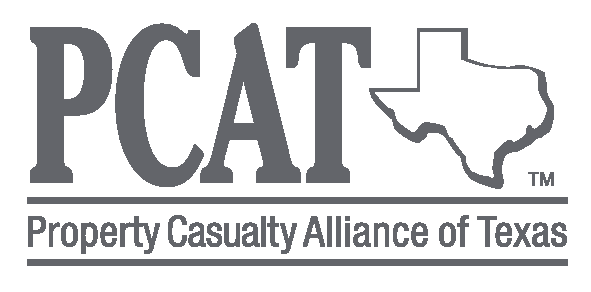Winterizing Your School Facilities: Preventing Cold-Weather Damage
As temperatures drop and winter approaches, safeguarding your school facilities becomes crucial. The following tips by HSB, a Munich Re company, provides essential insights and strategies to prevent cold-weather damage. From ensuring heating systems are in top shape to protecting your building and valuable equipment, these steps will help you prepare for the challenges that winter may bring. Keep reading to learn how you can keep your school facilities safe and operational during the cold months ahead.
Keep heating systems operating
Keep your building and equipment warm. Heating systems are the lifeline of your business during cold conditions. If heating systems fail, major damage and property losses could occur.
Verify pipe insulation is in place where needed for freeze protection. Install new or repair damaged insulation where necessary. Check freeze protection of wet fire protection system piping.
Inspect all outside air dampers for proper operation.
Clear and protect all outside vents from ice and snow accumulation.
Make backup arrangements for generators or other portable heating units if needed.
Check that electric pipe tracing systems are working properly. Have contingency plans in place if power is lost to heat tracing lines.
Safeguard business equipment during power outages
Voltage surge protection is necessary at all times - especially during cold, freezing conditions. Severe weather can cause power loss and downed wires, disrupting the incoming power supply. When electricity is restored, the sudden surge of power can damage critical electronic equipment.
Unplug or disconnect electronic equipment. Anticipate that voltage surges may occur during severe weather. The best protection is equipment isolation. If critical equipment must remain energized, make sure it is protected by surge protection devices.
Use backup generators when necessary for continuity of electrical service. Consult the operating manuals for specific startup and shut down details. Have a plan for monitoring, maintaining, and refueling the generator while in use.
Re-energize equipment one unit at a time after normal power is restored.
Protect building and ensure accountability
Protect your building and prepare your employees before cold weather and freezing temperatures arrive.
Perform a visual inspection of the buildings. Verify that all windows, doors, and outside dampers are closed or operating properly.
Schedule regular building checks during storms and cold weather. Arrange for snow and ice removal where necessary.
Designate personnel that are responsible for loss prevention.
Coordinate with facilities and maintenance personnel for effective supervision of conditions.
Collect and distribute a list of emergency phone numbers and contacts for snow removal, heating system repair companies, utility issues, and the weather updates.
Anticipate the potential for flooding. Severe cold weather can cause flooding. Move vulnerable equipment or stock away from areas prone to water damage.
Have cold-weather personal protection on hand. Have gloves, hats, emergency blankets, and flashlights available for storm-response personnel.
Download the original PDF below:
